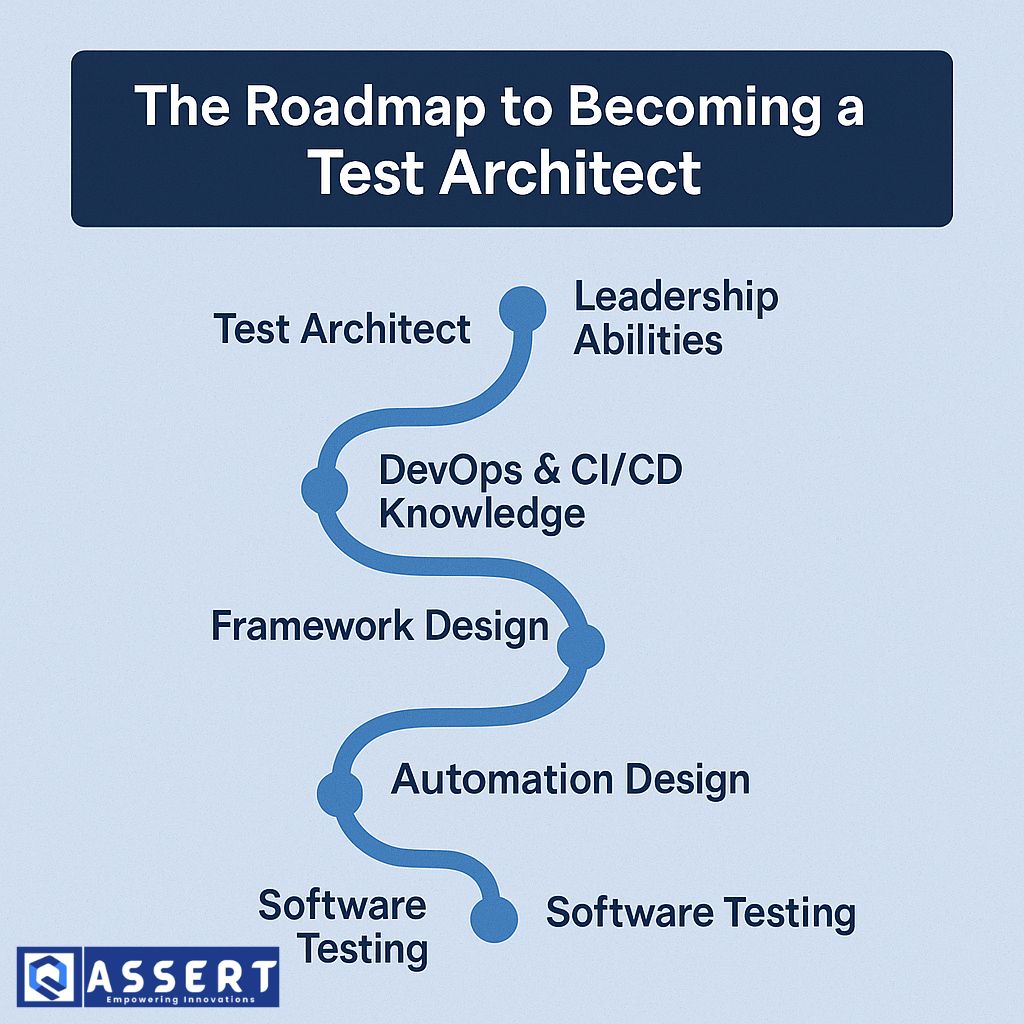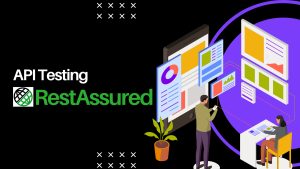In 2025, the role of a Test Architect has become more important than ever. As software systems grow complex and AI enters testing, companies need experts who can design smart, scalable, and efficient test automation solutions.
If you are an automation engineer or QA looking to grow, this blog will show you the roadmap to becoming a Test Architect in simple steps.
1. Understand the Role of a Test Architect
A Test Architect is not just a tester — they are the designers of test strategy and frameworks. They make big decisions about which tools to use, how to scale automation, and how to integrate AI or DevOps into testing.
Main responsibilities:
-
Build scalable test automation frameworks
-
Define test strategy for web, mobile, and API
-
Integrate CI/CD and DevOps tools
-
Guide QA teams and set best practices
-
Use AI and analytics to improve test coverage
2. Master Core Technical Skills
To become a Test Architect, you must go beyond writing scripts. Focus on mastering tools, languages, and architecture concepts.
Key skills to learn:
-
Programming Languages: Java, Python, or JavaScript
-
Automation Tools: Selenium, Playwright, Appium, RestAssured
-
Frameworks: TestNG, Cucumber, or JUnit
-
CI/CD Tools: Jenkins, GitHub Actions, or Azure DevOps
-
Reporting Tools: Extent Reports, Allure, or ReportPortal
-
Cloud Platforms: AWS, Azure, or Google Cloud
-
AI Tools: OpenAI APIs, Testim, or Mabl for smart testing
These skills help you design systems that can handle web, mobile, and API testing in one place.
3. Learn Framework Design and Architecture
A good Test Architect should be able to design frameworks from scratch. You must know how to structure code, manage test data, handle reports, and integrate AI or analytics.
Tips to master framework design:
-
Follow modular design — create reusable classes
-
Build a DriverFactory to manage Web, Mobile, and API drivers
-
Add data-driven testing using Excel, JSON, or databases
-
Integrate AI-based self-healing locators
-
Maintain clear reporting and logging mechanisms
If you want real examples, check the ThoughtWorks Blog for industry patterns.
4. Strengthen Your DevOps and CI/CD Knowledge
A modern Test Architect must understand how testing fits in the delivery pipeline. Learn how to integrate automation with CI/CD tools.
What to focus on:
-
Automated test execution in CI
-
Parallel and distributed testing
-
Integration with Docker and Kubernetes
-
Reporting automation and notifications
This helps ensure faster, more reliable releases.
5. Improve Leadership and Communication Skills
A Test Architect often leads multiple QA teams. You’ll need strong soft skills to guide others and explain testing goals to developers and managers.
Focus on:
-
Writing clear documentation
-
Mentoring junior testers
-
Communicating test results effectively
-
Making data-driven decisions
Soft skills are as important as technical knowledge in this role.
6. Stay Updated with Industry Trends
Technology changes fast. Stay informed about new testing tools, AI integrations, and QA innovations.
Follow platforms like:
-
LinkedIn and YouTube QA channels
Continuous learning helps you stay ahead.
7. Get Certified
Certifications add value and show your expertise.
Recommended Certifications:
-
ISTQB Advanced Level Test Architect
-
AWS Certified Solutions Architect
-
Certified Agile Tester (CAT)
These boost your credibility and open leadership opportunities.
Conclusion
Becoming a Test Architect in 2025 is a journey — not a one-day goal. It requires deep technical skills, framework design experience, DevOps knowledge, and leadership abilities.
Start small, build your own automation frameworks, keep learning, and stay curious. With the right roadmap, you can move from tester to Test Architect and shape the future of QA.




